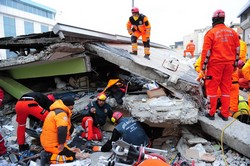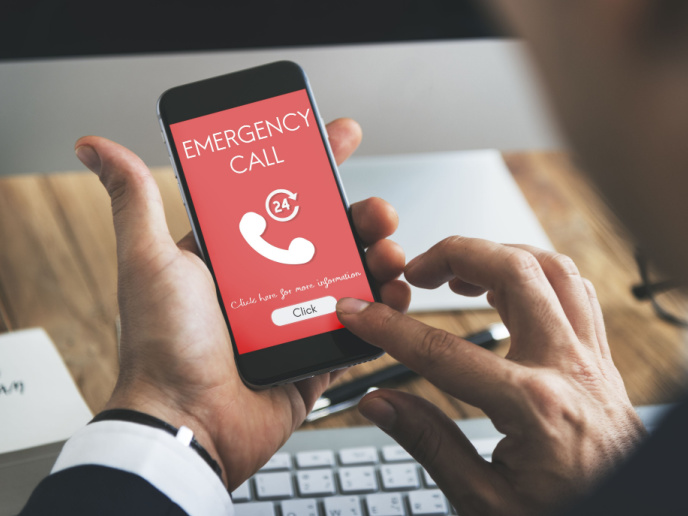Locating phones in disasters helps rescue efforts
Rising populations combined with increasing urbanisation means more frequent disasters necessitating rescue from building rubble or snow. In Europe, at least 80 % of survivors carry mobile telephones, which suggest opportunities for new rescue technologies. This was the aim of EU-funded project RESCUECELL (Portable kit for detecting trapped and buried people in ruins and avalanches). Project partners sought to develop an affordable and portable system for accurately locating mobile phones belonging to trapped victims. The system relies on software-defined radio technology which compares the mobile phone's time of arrival across several nodes, and computes a time difference of arrival. From that, a 'burial' position can be calculated using trilateration combined with data fusion techniques, making the system far more accurate that other mobile phone locator services. The RESCUECELL system is to be used in conjunction with other rescue technologies and to complement their weaknesses. Topologies of natural disasters in collapsed structures and avalanches were studied, which yielded a summary of existing rescue systems and their capabilities. Surveys of first responders and other experts provided information about operational rescue requirements and constraints. As a result, the project conducted testing of hardware. Other work included developing error mitigation techniques for software and hardware, conducting a system-level simulation and developing data fusion algorithms. Subsequently, the project designed and fabricated all system components from scratch. A later redesign reduced system cost and complexity. As a result of RESCUECELL's work, victims trapped in collapsed buildings and snow scenarios will have a better chance of being rescued. Furthermore, the technologies provide opportunities for European businesses.
Keywords
Disasters, rescue, mobile phones, RESCUECELL, avalanches, Search and Rescue services







